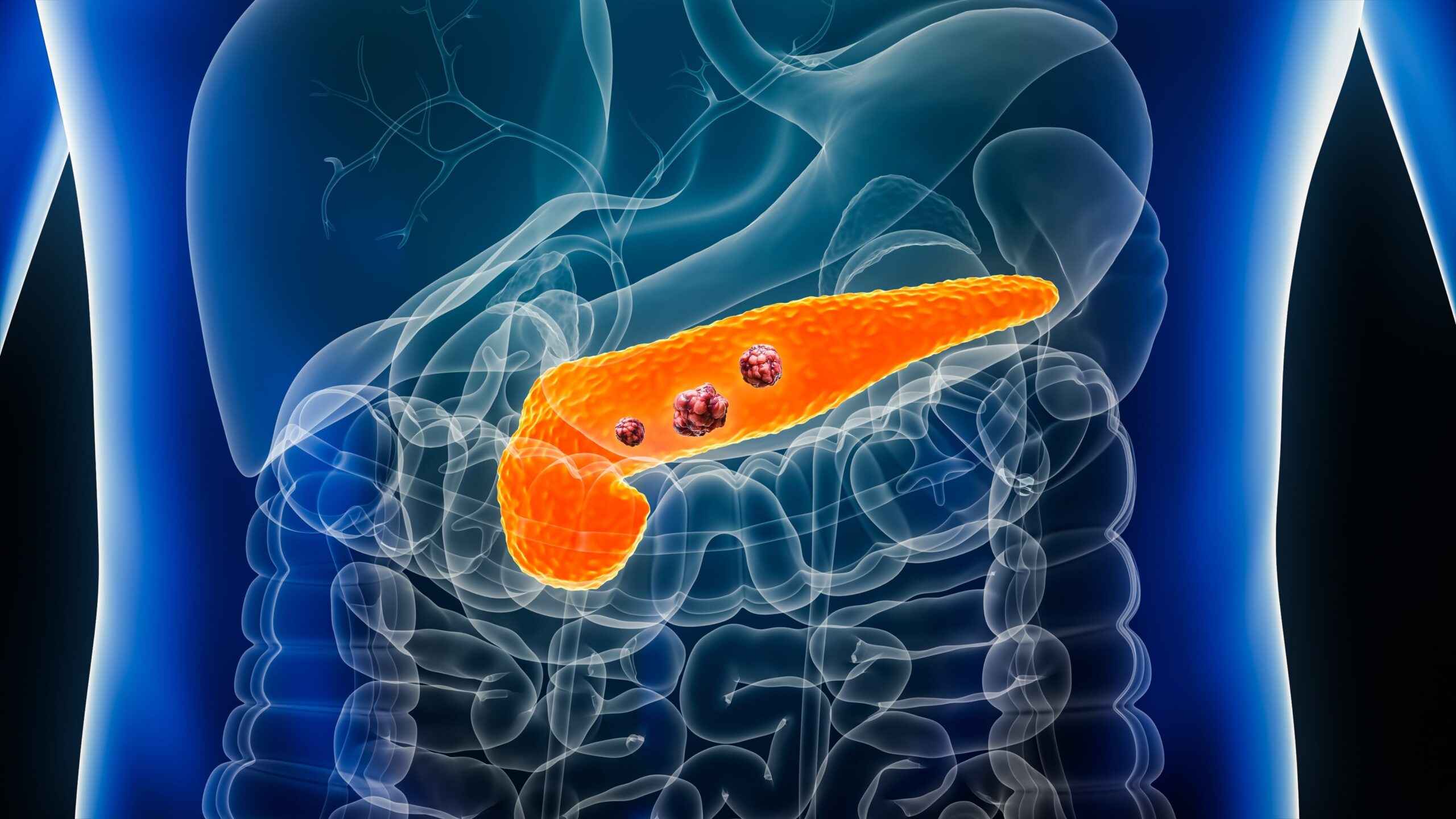
Gastroenteropancreatic neuroendocrine tumors (GEP-NETs) are usually slow-growing tumors; however, some patients experience rapid progression, and all advanced diseases become treatment resistant. Researchers, led by Diana Grace Varghese, evaluated how grade progression and intertumoral or intratumoral heterogeneity may be related to these features of patients with GEP-NETs.
Tumor heterogeneity describes different genetic, pathological, and imaging features occurring between primary tumors and metastases, or within the same primary or metastatic lesions. GEP-NETs are classified as grade 1, grade 2, grade 3 NET, or grade 3 poorly-differentiated neuroendocrine carcinoma.
Based on their review of available data, Varghese and colleagues advised physicians should consider intrapatient heterogeneities including somatostatin receptor (SSTR) expression levels, avidity on fluorodeoxyglucose (FDG) imaging, molecular alterations, Ki-67 proliferation indices, and grade progression over time.
Tumor Heterogeneity in GEP-NETs
The report, published in Cancers, noted histopathological heterogeneity was observed at baseline in primary tumors, metastases, and between primary tumors and synchronous metastases. Notably, outcomes of peptide receptor radionuclide therapy (PRRT) were worse in tumors with variable SSTR expression, elements of high-grade disease, or with FDG-avid components.
Differences in 5-year survival appeared to be related to variations in Ki-67 index, even in tumors of the same grade, with rates of 81% for an index of 3–5%, 72% for an index of of 6–10%, 52% for an index of 11–20%, 35% for an index of 21–50%, and 22% for an index of 51–100%.
The researchers suggested platinum-based chemotherapy may be advantaged if any part of the tumor has a Ki-67 index over 55%, while immunotherapy may be valuable in patients with a high degree of mutations over time.
Given that early identification and management of grade progression appeared to improve outcomes over time in patients with GEP-NETs, Varghese and colleagues advised that physicians perform repeat tumor biopsies or imaging to rule out progression to grade 3. The review noted future biopsy strategies may need to be refined to greater assess the Ki-67 index across the entire tumor.
“In the long term,” the authors ended, “a greater awareness of tumor heterogeneity and a better understanding of the mechanisms underlying resistance to therapy and the impact of treatment on histopathologic features will help guide a personalized approach to patients with GEP-NETs.”
Related: Patients With Metastatic Gastroenteropancreatic Neuroendocrine Tumors May Benefit From PRRT







 © 2025 Mashup Media, LLC, a Formedics Property. All Rights Reserved.
© 2025 Mashup Media, LLC, a Formedics Property. All Rights Reserved.